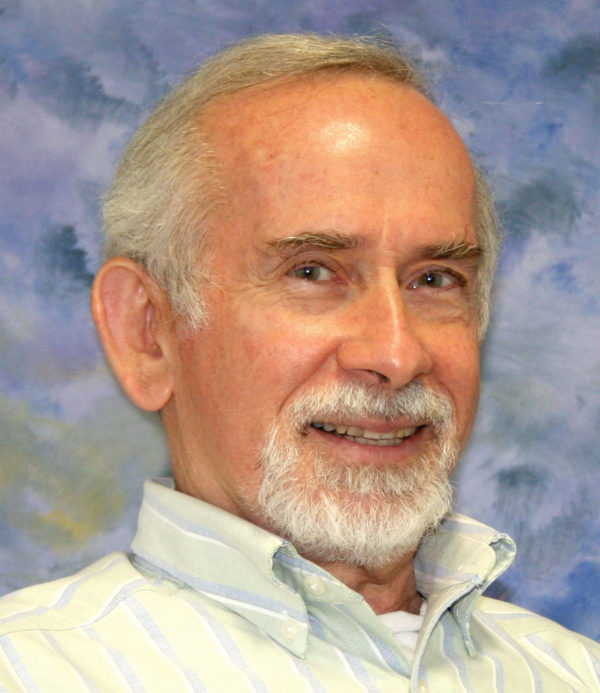Event Details
The area of spintronics – so-called because it utilizes the electrical and spin (magnetic) properties of electrons – has its origins in the 1987-1988 discovery of Giant MagnetoResistance. GMR refers to the dependence of the electrical resistance on the relative orientation of the magnetization in two nearby ferromagnets. It is commonly used in one form or another in magnetic read devices, and yielded the 2007 Nobel Prize for Fert and Grunberg. In 1996, as a method to cause magnetic writes, Slonczewski proposed sending a large enough spin polarized electric current from ferromagnet 1 to ferromagnet 2, thereby flipping magnetization M2. This is known as spin transfer. With Berger he received the 2013 Buckley Prize from the APS for this idea.
Despite the observational success of Slonczewski's idea it comes with an unnecessary approximation – that the transfer of spin takes place almost immediately when the spin current enters the ferromagnet. This well known approximation has been accepted as a model for conductors, where the adjustment indeed takes place over a nm scale or smaller. However, for ultrathin conducting magnets the adjustment will not be complete, and for insulating magnets the adjustment takes place over a large enough scale that it cannot necessarily be neglected. Using the methods of irreversible thermodynamics, for small amplitude disturbances Chen Sun and I find that near equilibrium the usual magnetization M tips and the transverse magnetization of the spin excitations, called the spin accumulation m, couple, yielding two sets of coupled transverse modes. By varying the thickness of experimental samples the associated lengths should be observable.
Extensions of this work will be made to other types of magnetic system, such as antiferromagnets and spin glasses, which have shown promising behavior in spintronics studies.
